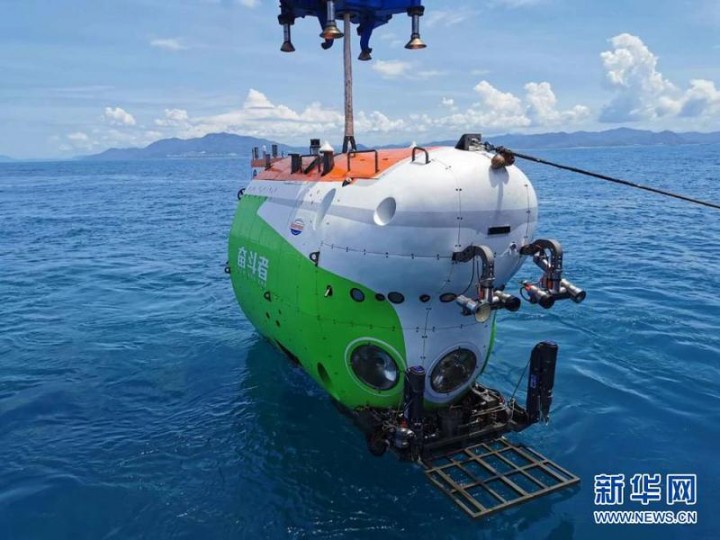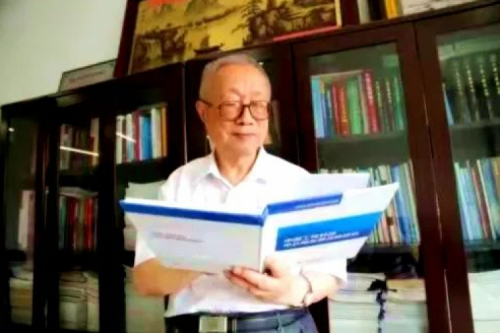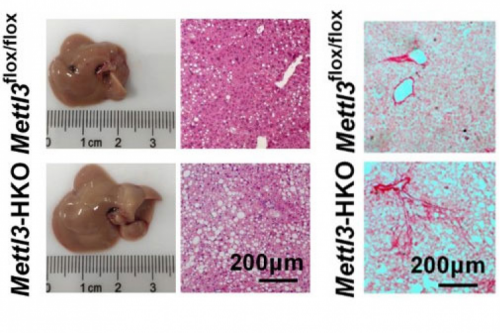Harbin Institute of Technology News (Ji Xuan/text, the Xinhua News Agency/Picture) On November 28, China's 10000-meter Deep-sea Human Occupied Vehicle “FEN DOU ZHE” made a return voyage victoriously after reached the bottom of 10909 meters deep in Mariana Trench successfully, and then the General secretary Xi Jinping wrote a congratulatory letter for the news. Besides, the key component of the “FEN DOU ZHE”, the Deep-sea Motor, is developed by the Special Motor Research Center of School of Electrical Engineering.
The Deep-sea Human Occupied Vehicle sits at the bottom of 10000 meters, which means that the motor works in the environment with strong seabed pressure and seawater erosion. It requires that the motor has the characteristics of high voltage resistance, corrosion resistance, small size, light weight, high reliability, low vibration and noise, which is an international difficulty.Since 2007, the team of Professor Zou Jibin and Professor Xu Yongxiang from the Special Motor Research Center undertook the China’s Deep-sea Motor Project “863” for the first time, and have been involved in the research work of deep-sea motors. In response to the needs of the Deep-sea Human Occupied Vehicle “JIAO LONG”, the team faced huge technical challenges and conducted 7000-meter deep-sea motor technology research, achieving a breakthrough in China’s deep-sea permanent magnet motor technology. In 2017, the team developed all the power motor systems for the Deep-sea Human Occupied Vehicle “SHEN HAI YONG SHI”. In 2020, it achieved a breakthrough in the 10000-meter deep-sea motor technology and developed a propeller, seawater pump and other motors for the “FEN DOU ZHE”.
For more than ten years of hard work, The research team has comprehensively surmounted technical difficulties of deep-sea motor system, such as key technologies of strong high-voltage resistance, sealing and anti-corrosion, high-power density, low vibration, high-reliability design and drive control. The developed motor and its drive system are superior to similar foreign products in terms of power density, efficiency and noise, so the key components of deep-sea technology can be controlled independently. This is another breakthrough after the team won the second prize of the National Technical Invention Award in the project of “Technical System Creation and Application of Special Motor System in Extreme Environment”.





